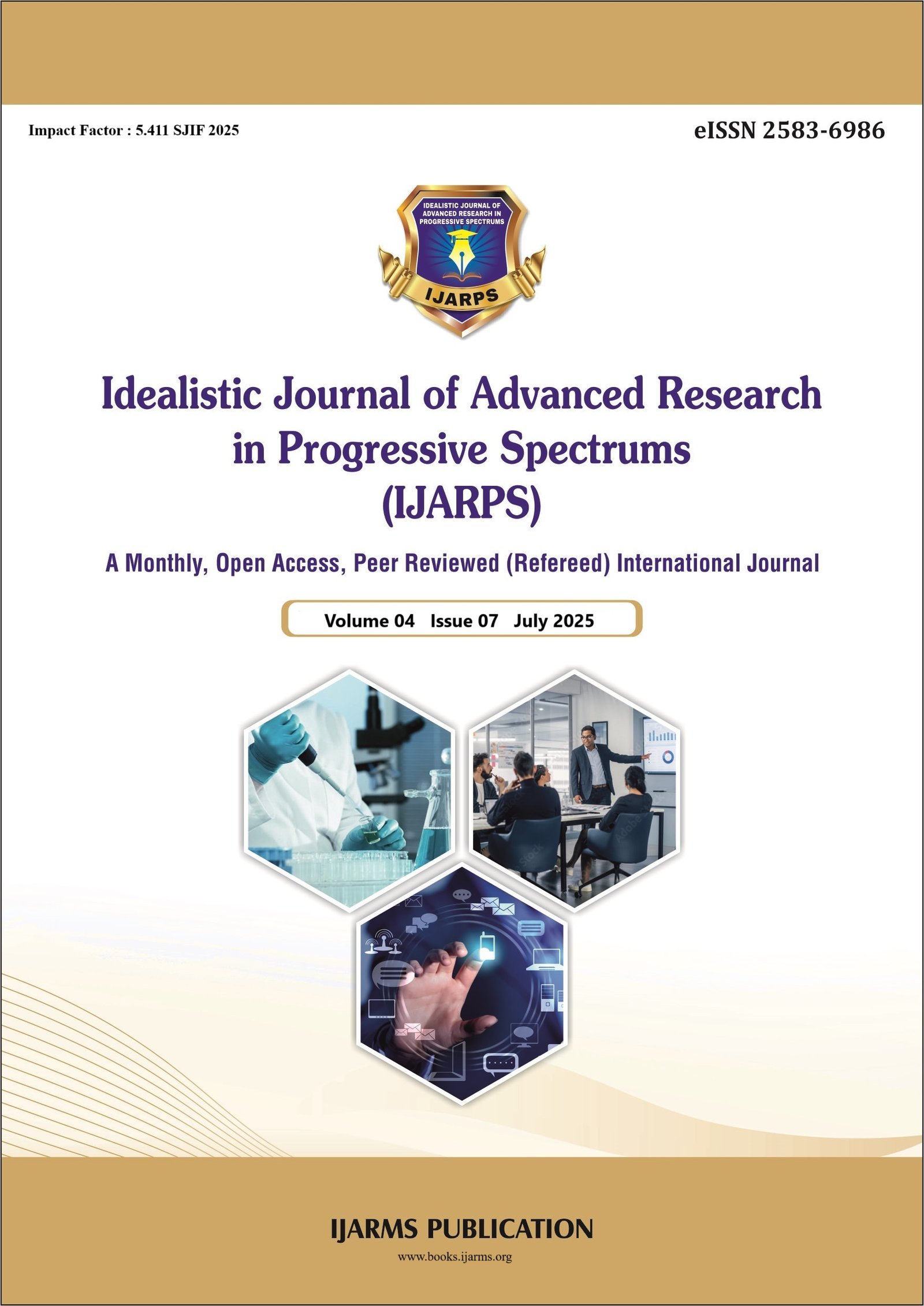A Comparative Analysis of Vaiśeṣika’s Atomism and Leibnitz’s Monadism on reflection of consciousness Asoke Kumar Mandal1
Abstract
This study wants to presents a comparative philosophical investigation of Vaiśeṣika Atomism (Paramānuvād) and Leibniz’s Monadism (theory of monad), from the perspective of consciousness through metaphysical background. Basically two distinct philosophical traditions—classical Indian metaphysics which is known as Vaiśeṣika Philosophy and modern western rationalism which is known to us as Leibniz’s Monadism —both systems perfect foundational theories of reality based on undividable units like paramāṇu (atoms) in Vaiśeṣika and monads in Leibniz’s system. Through a critical comparative context, this paper wants to explore how each theory conceptualizes the interaction between subjectivity, understanding, and metaphysical construction. The Vaiśeṣika atomism highlights a dualistic interaction between the self (atma) and matter mediated by manas (mind), whereas Leibniz’s monads inside reflect the universe in a state of pre-established harmony, with consciousness intrinsically embedded in the fabric of reality. Despite their ontological and epistemological divergences, both backgrounds converge on a central philosophical deep concern: how the fundamental constituents of existence give growth to or embody conscious experience. By comparing these two models, this study contributes to intercultural philosophy and comparative metaphysics, offering insights relevant to ongoing debates in the philosophy of mind, panpsychism, and the nature of realization.
Key Words: atomism, monadism, consciousness, ontological, epistemological, metaphysical.
Additional Files
Published
How to Cite
Issue
Section
License
Copyright (c) 2025 www.ijarps.org

This work is licensed under a Creative Commons Attribution-NonCommercial 4.0 International License.

